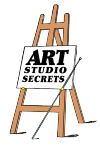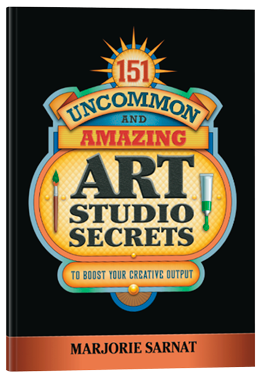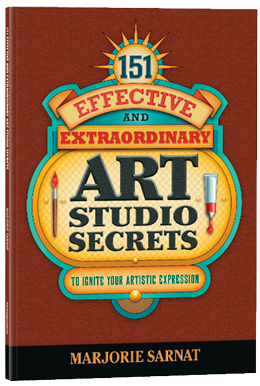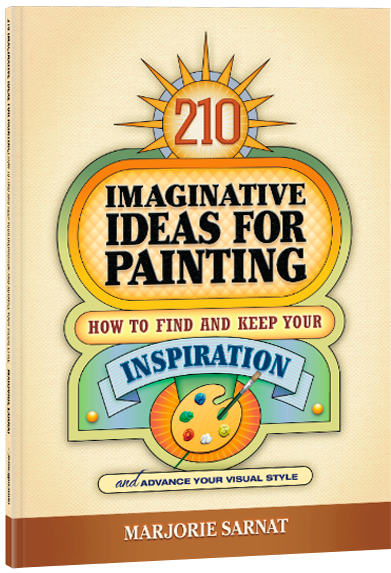Dot-ism
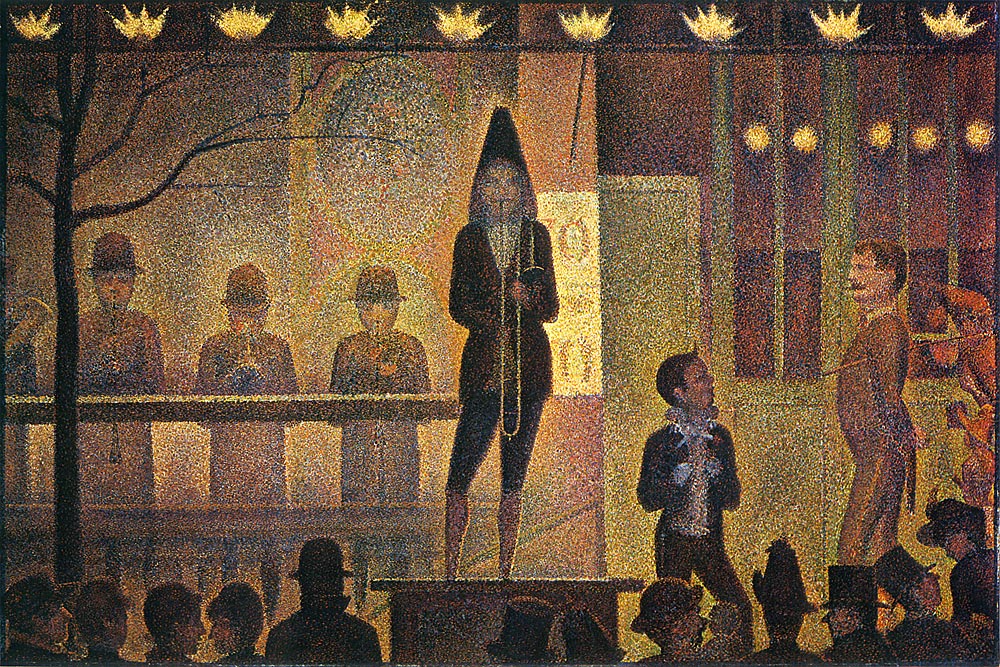 French post-impressionist Georges Seurat originated Pointillism, a masterful version of dot-ism. His "La Parade de Cirque" was painted 1887–88. Image courtesy Wikimedia.
French post-impressionist Georges Seurat originated Pointillism, a masterful version of dot-ism. His "La Parade de Cirque" was painted 1887–88. Image courtesy Wikimedia.
Dots create appealing textures in paintings. Whether you work representationally or not, think of dots as bits of color your eye will mix.
Dot Your Eyes
Study shading by painting a simple subject like a pear or a face by using light and dark dots to show form.
Work onto a middle-toned surface and think of your dots as short brushstrokes. Use light and dark values to depict main lights and shadows. Mingle dots to create more values. Spacing dots closer and further apart creates additional values. Use any colors if their values are right. Your subject will look surprisingly realistic from a distance because dots mix optically.
Angelo Franco creates a contemporary version of the style in “Floral Abstraction Tangier.”
Original Aboriginals
Australian Aboriginal Dot Paintings have slightly raised dots painted over flat earth-colored shapes. The artists depict animals and nature, using color symbolically: yellow = sun, brown = earth, red = sand, white = clouds and sky.
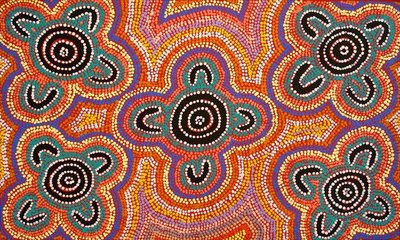 Dotting the background on aboriginal art would hide symbols that the uninitiated were not allowed to see. Today it is used for decorative purposes only. Image Courtesy of Aboriginal Life.
Dotting the background on aboriginal art would hide symbols that the uninitiated were not allowed to see. Today it is used for decorative purposes only. Image Courtesy of Aboriginal Life.
Heavy paper or any board works well. Avoid springy canvas. Using acrylic paint, cover your substrate in large areas of flat color. Apply uniform sized dots over background areas, letting them flow across areas to unify the composition. Add smaller dots for details, larger dots for emphasis. Concentric dotted circles and dotted outlines around shapes are typical of Aboriginal Dot Paintings. The paint application itself will cause the dots to be slightly raised.
Good dot-maker tools are backs of brushes and pointed-tip squeeze bottles of paint. Experiment to find the tools and paint viscosity that works best. Gloss dots over matte backgrounds add drama. Adapt this indigineous style through your own subject matter and colors.
*
If you haven’t thought of dot-painting until now, it can be a fresh new way to approach your art.
This article is adapted from Marjorie Sarnat's new book, 210 Imaginative Ideas for Painting and appeared in the May 2013 issue of California Art League – Creative Edge Newsletter.
 Seurat,
Seurat,  dot painting,
dot painting,  pointillism | in
pointillism | in  Painting
Painting 
